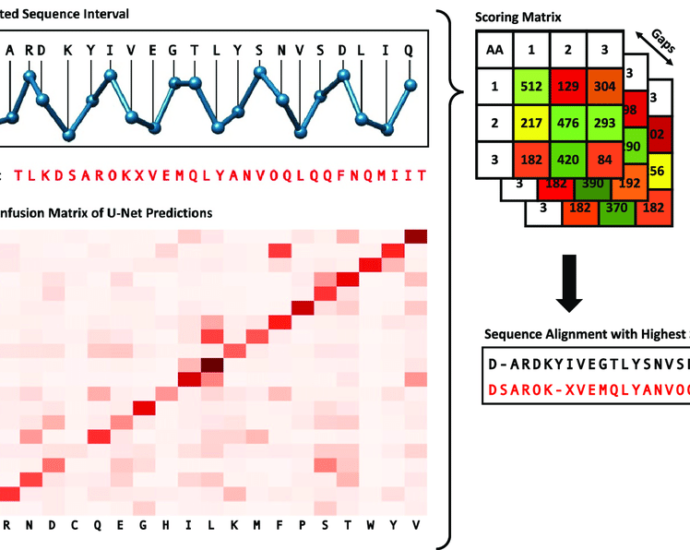FASCINATING WORLD OF WHOLE GENOME ASSEMBLY:TO REVEAL GENETIC CODE.
In this article, we will discuss about the fascinating world of whole genome assembly. The process of recreating an organism’s whole genome from brief DNA sequences produced by high-throughput sequencing methods known as whole genome assembly. These sequences, referred to as reads, each offer a snapshot of a tiny section of the genome, much like the dispersed parts of a puzzle. Scientists can recreate the full genome sequence, exposing its structure, organization, and genetic variants, by aligning and overlapping these reads.Continue Reading









